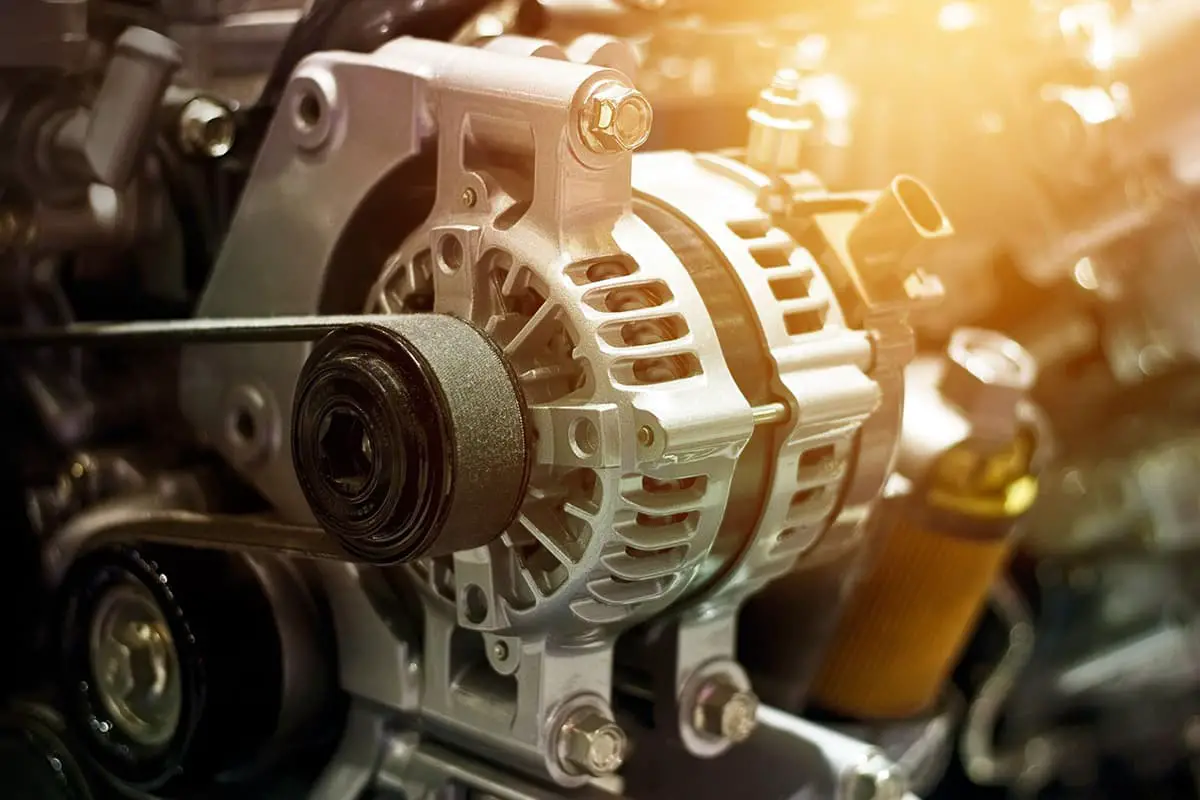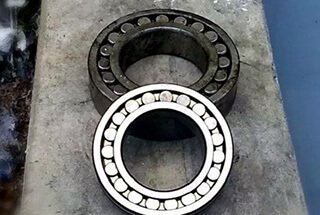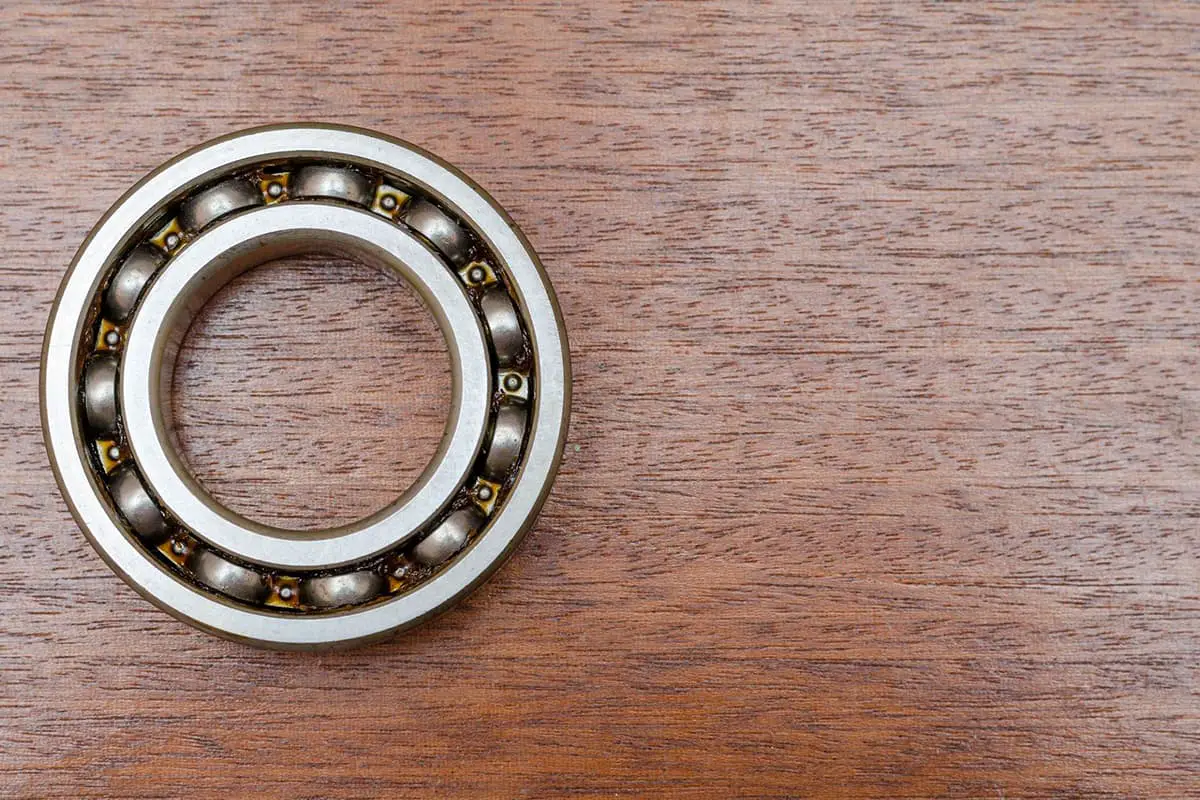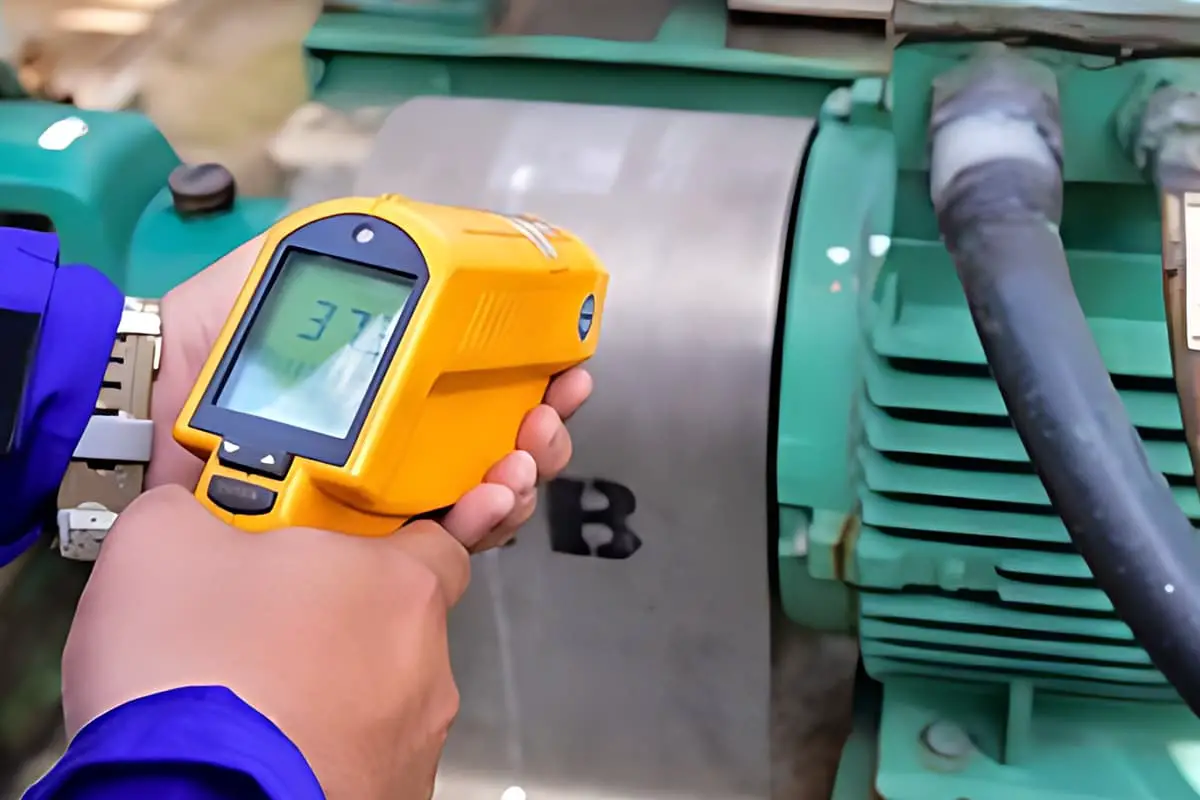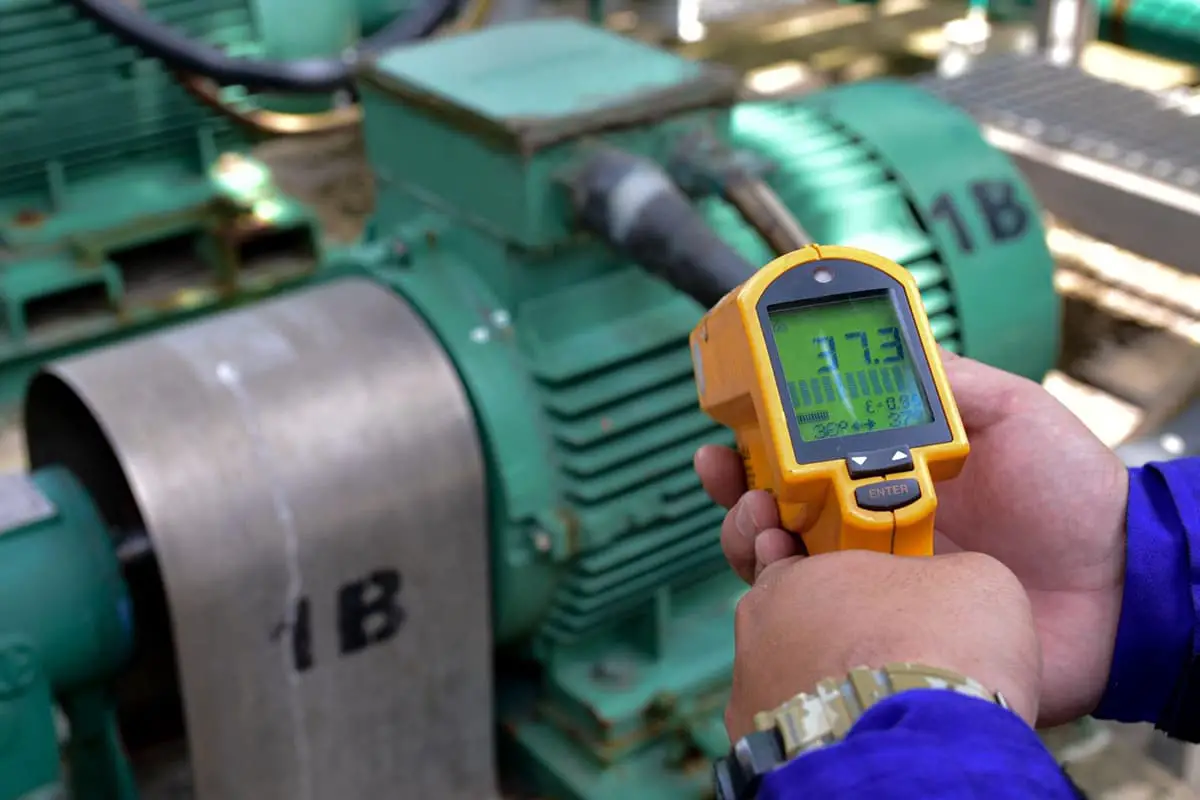
Why do bearings heat up during operation, and how can we estimate this heat? This article explores the external and internal factors contributing to bearing temperature rise, such as friction in motors and gearboxes, and provides methods for calculating the generated heat. Learn to distinguish between normal and abnormal heat levels to ensure efficient machinery performance.
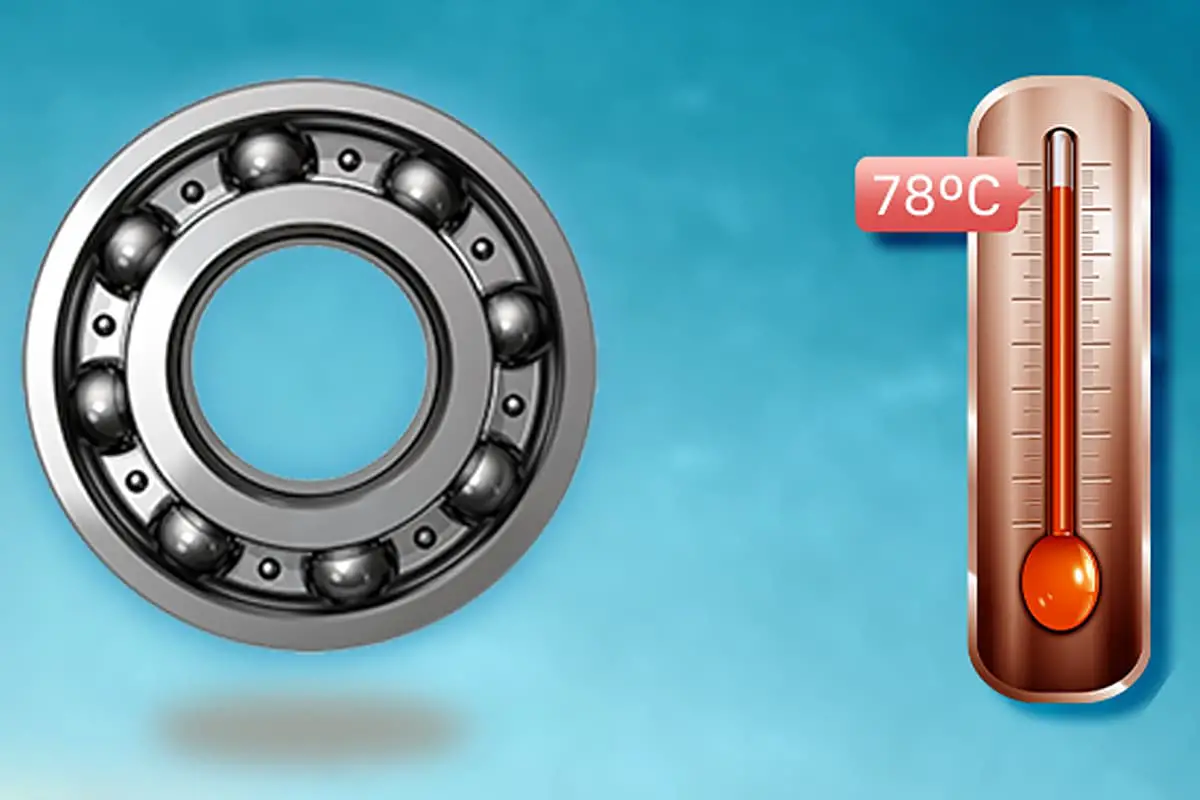
The temperature of a bearing during operation differs from its temperature in a non-operational state, indicating an increase in temperature when the bearing is in use. The primary causes for this rise in temperature can be categorized into two main aspects:
Firstly, external heat conduction. The heat generated by the operation of external mechanical components leads to an overall temperature increase in all parts of the machinery. This heat is conducted to the bearings, resulting in their heat generation.

For motors and gearboxes, this primarily occurs in two ways:
1) In the case of motors, the major heat sources during operation are the windings and the core itself. The well-known heat loss due to copper loss during motor operation is caused by the heat generated when the current flows through the wire.
The iron loss refers to the heat generated by the core itself when the magnetic field changes during motor operation. These two parts are the main sources of motor heat, and this heat is conducted to the bearings through the base, shaft, and end cover, thereby causing the temperature of the bearings to rise.
2) For gearboxes, the meshing of gears causes frictional heat generation. This heat is conducted through the gears, shaft, and base. The agitation of lubricating oil transmitted to the bearings also contributes to the temperature increase of the bearings.
Secondly, the heat generation of the bearings themselves. During bearing operation, the internal environment of the bearing involves rolling friction, sliding friction, drag loss, seal friction, and other corresponding frictions. These frictions dissipate in the form of heat, resulting in an increase in the bearing’s own temperature.
Equipment engineers are deeply concerned about the inherent temperature of bearings, so sometimes it’s necessary to estimate the temperature of the bearings. This article introduces a simple method to address this issue.
Before we start the actual calculations, we can first make a rough estimate of the heating status of the two parts mentioned above. The reason for making such an estimate is that, on-site, if specific calculations can’t be performed, at least an overall assessment and understanding of the causes of bearing heating can be made, which will help distinguish whether the site condition is normal or not.
We know that for rolling bearings, most of the internal friction is rolling friction. The nature of rolling friction determines that it should be a small value. Please note, this is determined by the characteristics of the rolling bearings, otherwise, what’s the use of rolling bearings?
Don’t forget that the purpose of inventing rolling bearings is to reduce friction and decrease torque. The proportion of sliding friction in rolling bearings should be very small, otherwise, it can’t be called a rolling bearing.
At the same time, the loss of stirring lubrication in rolling bearings, compared to other frictions, should also not be a large value. Therefore, the heat generated by the motion of the rolling bearing itself is not the main source of heat, but should be a secondary factor for the overall temperature rise of the bearing.
The primary factor causing a significant temperature rise in the bearings is the heat generated by the equipment itself. The heat generated by the equipment itself will be estimated during the design of the equipment. This heat, when transmitted to the bearings considering heat dissipation and other factors, is usually less than or equal to the total heat generated by the equipment itself.
Based on this knowledge, when facing bearing heating on-site, one can initially check the temperature distribution of the heated bearings of the equipment, and then consider the heating elements of the bearing itself.
If the bearing temperature is significantly higher than the equipment temperature, it should raise concern, because at this point the heat generated by the bearing has become the primary heat source, indicating that the internal friction condition is no longer normal.
The calculation of the heat generated by the bearing itself starts with the calculation of the bearing’s friction. Typically, the heat generated by the bearing itself can be calculated through its own friction torque, the formula is as follows:
Q=1.05*10-4Mn
Engineers interested can calculate the proportion of bearing heat in the total heat generation of their equipment. This will facilitate a qualitative and quantitative understanding of the two stages of bearing heat generation.

